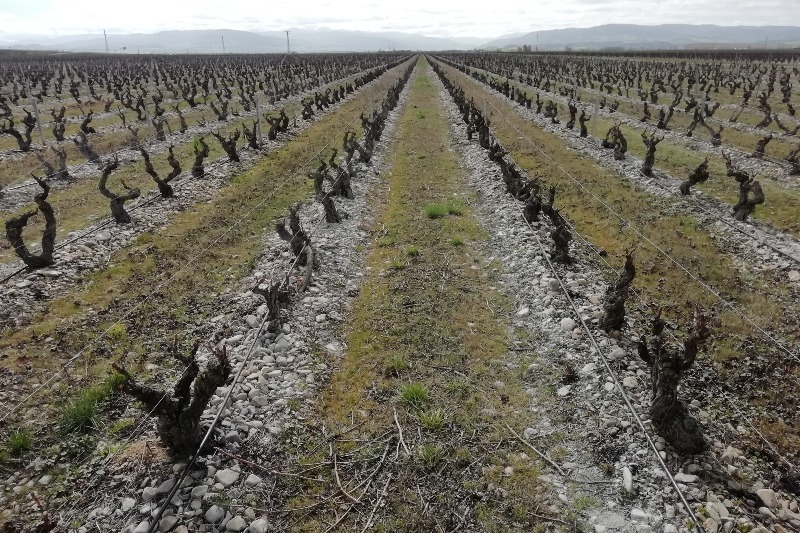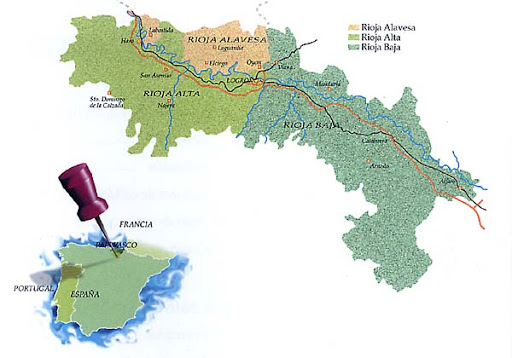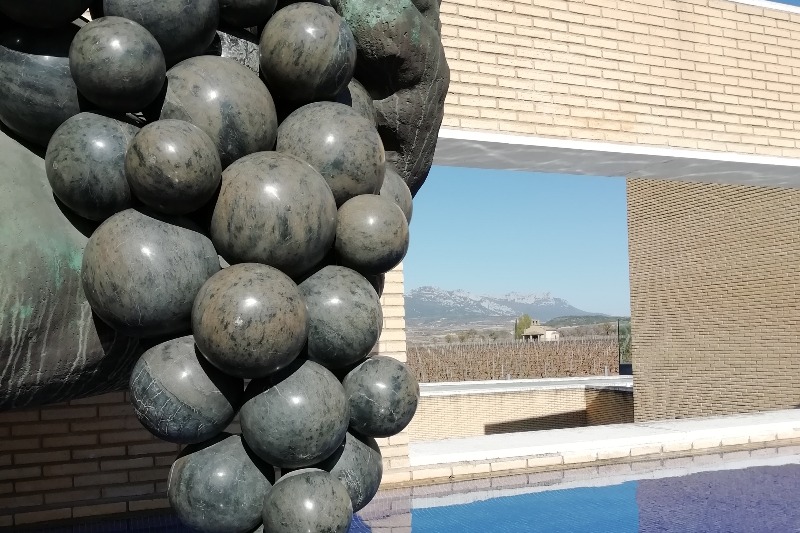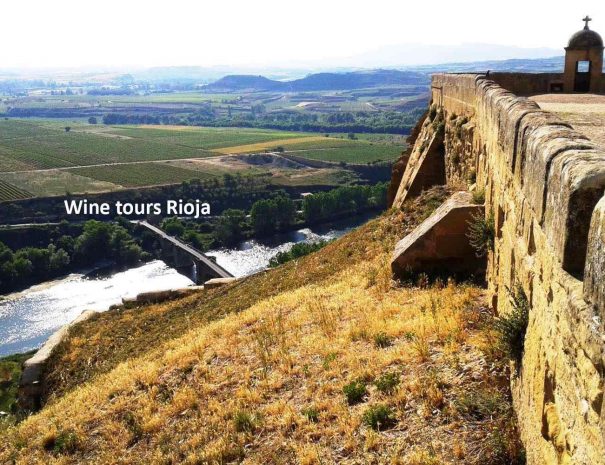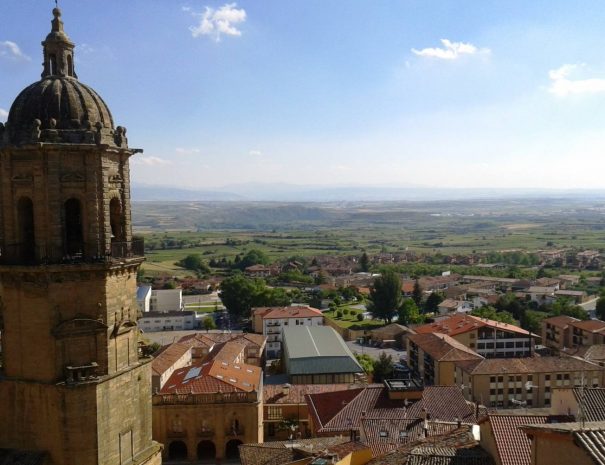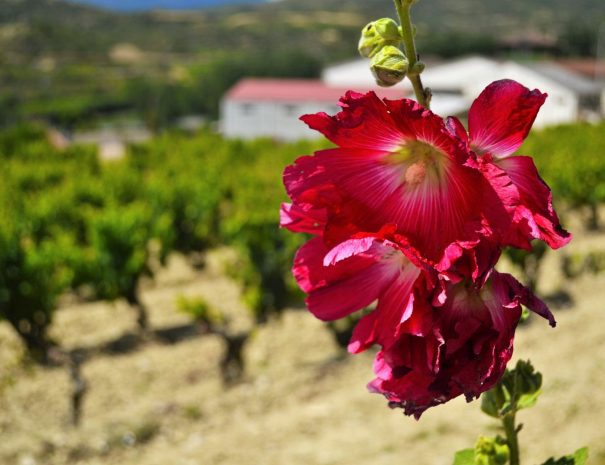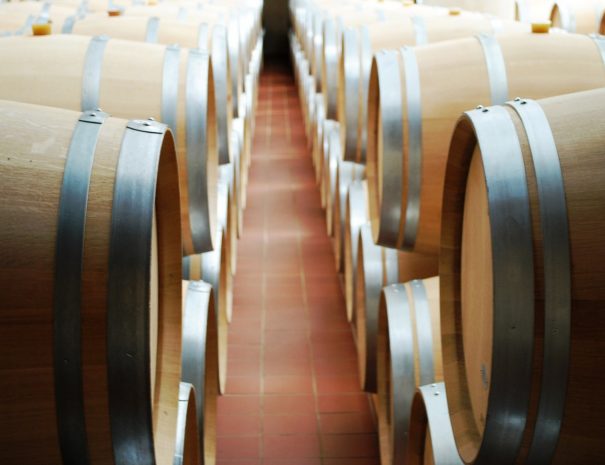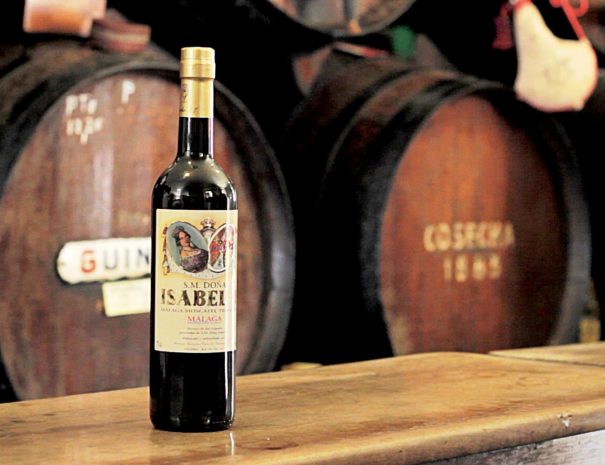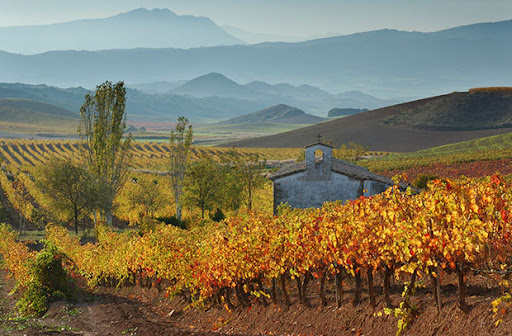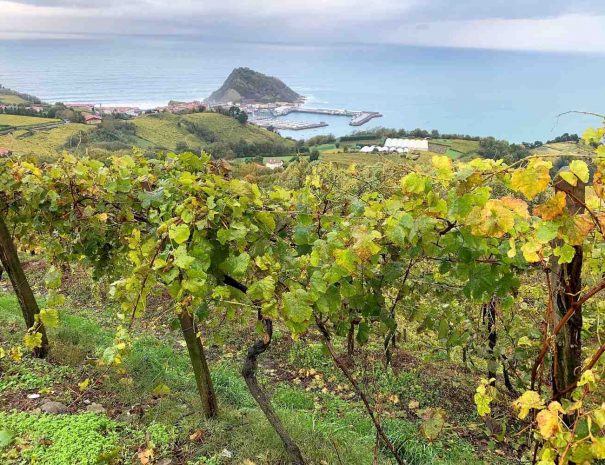
Rioja road trip – Rioja at its best
Discover the best of La Rioja with this short but complete road trip itinerary in Spain´s top wine region in which you will visit emblematic wineries and taste their wines, explore magnificent landscapes, taste the traditional gastronomy of Rioja, get to know its culture and curiosities, and enjoy activities related to the world of wine. We have carefully selected each of the services recommended to make this the best way to discover this wonderful region. … Read More

